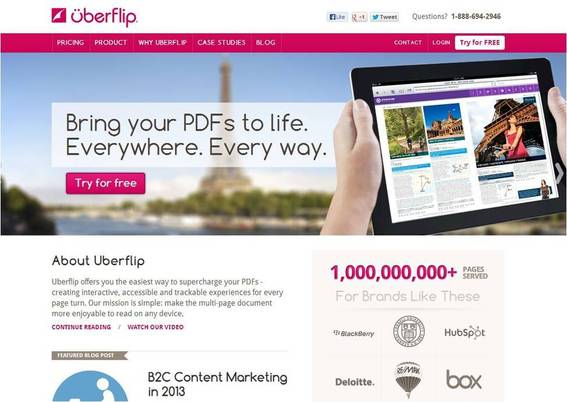In “8 Tools to Personalize your Ecommerce Site,” I discussed methods to customize visitors’ experiences on your website. In this article, I’ll list five tools to help personalize your advertising and marketing efforts.
PadiAct
Not everyone is going to buy from you on the first visit. Most visitors will leave your site and never return. Collecting their email addresses will allow you to stay in touch and convert them into paying customers later through occasional messages about deals, new arrivals, or valuable content.
PadiAct lets you send targeted newsletter opt-in pop-ups to specific visitors. Enlarge This Image
Enlarge This Image
PadiAct increases your email opt-in rate through behavioral targeting. It tracks the actions of your visitors and the time they spent on your site, the pages that they clicked, where they came from, and more. It then lets you segment them based on this on-site behavior so you can send targeted and customized pop up messages, inviting them to subscribe to your emails.
AdRoll
Bring back lost visitors and lower shopping cart abandonment with remarketing ads. When a user leaves your website without completing a purchase, AdRoll will tag that user and display your ads on the other websites that they visit. That way, they will see a reminder to revisit your site, even when they’re doing other things on the web, such as checking their email, reading other blogs, or even browsing Facebook. AdRoll also allows you to customize your ads based on the products users viewed or how far into the purchase funnel they progressed.
AdRoll helps you remarket to customers. Enlarge This Image
Enlarge This Image
With remarketing, you target only users who are presumably interested in your products and services. You will have a relatively higher chance of converting them, versus trying to advertise to someone who is unfamiliar with your business.
SheerID
Do you offer exclusive or targeted discounts to specific groups of people, such as students, military personnel, teachers, or members of nonprofits and associations? SheerID verifies your customers to ensure that you’re offering the right discounts to the right people.
SheerID verifies the customers you offer discounts to. Enlarge This Image
Enlarge This Image
SheerID connects you to authoritative data sources for, but not limited to, military, teachers, students, and small businesses. It can also link to your own data sources, allowing you to offer discounts to your loyal customers or product dealers.
The service also works across multiple channels, such as point of sale, mobile, customer service, online, account setup, post purchase, and more.
AddThis
When done correctly, social media marketing can put your site on the map and bring in significant revenue and exposure. Compared to other marketing or advertising strategies, it’s inexpensive, or free.
AddThis helps you customize your visitors’ social sharing experiences. Enlarge This Image
Enlarge This Image
AddThis is a tool that helps customize your visitors’ social sharing experiences by displaying social media buttons and related content based on a visitor’s data and past behavior. For instance, if the tool detects that the user is from China, AddThis will promote QZone, one of the largest social networks in China. On the other hand, if the user viewing your site often shares content via Pinterest, AddThis will include a Pin button when they’re on your website.
In addition to customized recommendations and social tools, AddThis automatically adapts to whatever device the visitor is using. This allows your social buttons and content recommendations to look good on a computer, phone, or tablet.
Uberflip
Giving away freebies such as ebooks, whitepapers, or reports is highly effective in getting people to sign up for your newsletter. And if you deliver quality content, the practice can also be effective in keeping those users and eventually converting them into customers.
However, while giving away free content and PDF files is helpful, failing to optimize them for mobile devices is a mistake. Remember, consumers increasingly use phones and tablets.
Personalization goes beyond serving up customized content. It also entails making sure that your content is automatically optimized for the device that each person is using.
Uberflip converts PDF files into device appropriate formats. Enlarge This Image
Enlarge This Image
That’s where Uberflip comes in. This service automatically optimizes your content for tablets and phones. Uberflip converts PDF files to Flash for desktop computers and HTML5 for mobile devices so that “your content looks and feels like an app but is accessed through the browser via a single URL.” It even lets you enhance your content by adding videos, animation, custom widgets and more.


